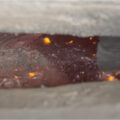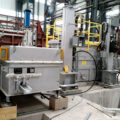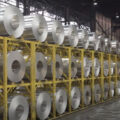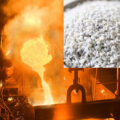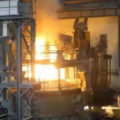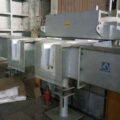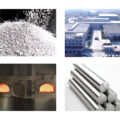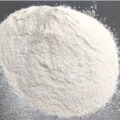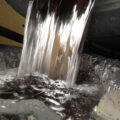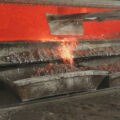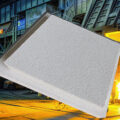Secondary aluminum refining (purification treatment) must be carried out to remove inclusions and gases.
The secondary aluminum melt contains inclusions and gases, which affect the quality of castings (ingots) and bring difficulties to subsequent processing (including remelting and pressure processing). Therefore,
In order to make the secondary aluminum alloy the same as or similar to the alloy prepared with the original aluminum, the refining process is carried out in the same way as the alloy prepared with the original aluminum.
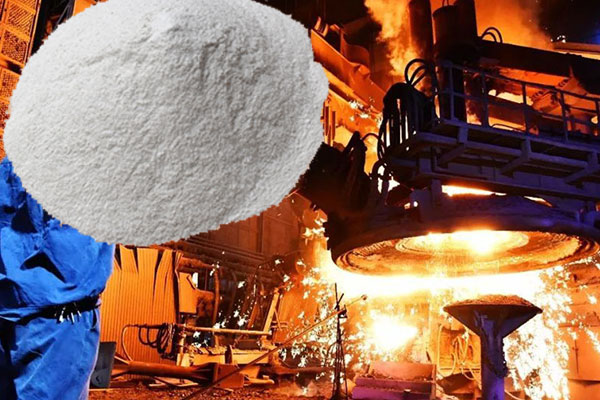
Although scrap aluminum has been sorted and pretreated, it is difficult to avoid the impurity content exceeding the standard. Must try to get rid of harmful substances, otherwise need to supplement or dilute the ingredients.
There are two types of impurities in primary aluminum: one is metallic impurities and the other is non-metallic impurities. Metal impurities include iron, silicon, copper, sodium, titanium, vanadium, manganese, chromium and magnesium, among which iron, silicon and copper are the main metal impurities. Non-metallic impurities include aluminum oxide, fluoride salt, carbon residue, aluminum carbonization, aluminum nitride, etc., in addition to these, there are hydrogen, carbon dioxide, carbon monoxide, etc. that exist in a gaseous state. These non-metallic impurities are mainly alumina and hydrogen.
The saturated content of hydrogen in molten aluminum increases with the increase of temperature, such as 0.67 mL/100 gAl at 660 °C and 1.237 mL/100 gAl at 750 °C. High hydrogen content is not good for the production of downstream customers. . These non-metallic impurities have no benefit to aluminum, affect the mechanical properties of the product, and are the object of purification.
The purpose of primary aluminum purification is to remove various non-metallic impurities in molten aluminum and obtain relatively clean molten aluminum as ingot material.
The purification methods of primary aluminum mainly include cooling and degassing method, stirring and standing degassing and slag removal method, solidification-remelting method, nitrogen-chlorine mixed gas purification method, flux purification method, filtration and air blowing combined purification method, glass cloth filtration, etc.
Since the purification requirements are not too strict in the production of aluminum ingots for remelting, the flux purification method is currently commonly used in domestic production.
When the molten aluminum is fully charged into the furnace, the molten aluminum slag remover is added in proportion. The function of the slag remover is to change the wettability of slag and aluminum, increase the surface tension on the interface of slag and aluminum, and make it difficult for aluminum to wet the slag. In the case of agitation, the molten aluminum and the slag are effectively separated, and the slag becomes dry powdery slag, which can dissolve the alumina in the molten aluminum into it, or adsorb on its surface to achieve the purpose of slag removal .
The adding method generally spreads the solvent evenly on the surface of the molten aluminum, and then operates the slag scraping tool to fully stir, so that the solvent and the molten aluminum are in good contact and react. While stirring, some gas in the molten aluminum can also be released. After scraping out the generated aluminum slag, let it stand for about 30 minutes, so that the gas in the molten aluminum is fully released again, and then the casting production can be started.

